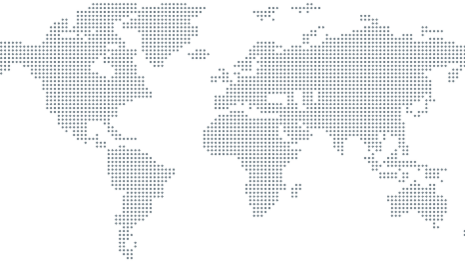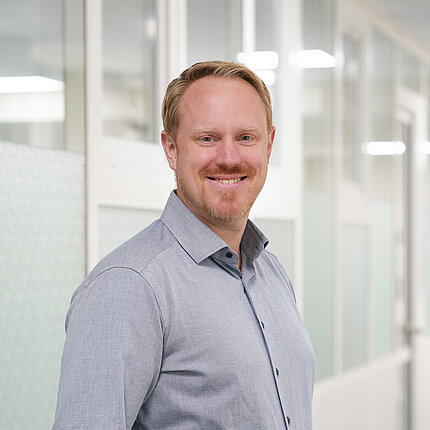Where precision begins: development & design
The development of a pressure regulator starts long before the first component is produced – with a careful requirements analysis. Key parameters include the medium to be regulated, the pressure range, the flow capacity, and the installation conditions in the final system. Based on these requirements, CAD models, simulations, and first prototypes – often created using 3D printing – are developed.
From raw material to a precision unit
The production of a pressure regulator follows a series of precisely coordinated steps. In the Pure Flow Line, housing parts are manufactured from PA66 plastic using injection molding. This material is chosen specifically for its stability, resistance to different media, and – in medical applications – its suitability for sensitive gas control. But a regulator consists of far more than just its housing. Components such as plungers, diaphragm plates, and rivets are made from high-grade stainless steel. The plunger is particularly important: its exact geometry and surface finish are critical, as it works together with the diaphragm to perform the actual regulating function. Assembly takes place under controlled conditions to avoid material contamination. Individual parts such as guide pins, seals, springs, and the diaphragm are assembled in a defined order. Depending on the model and application, manual or semi-automated assembly systems are used.
Testing processes with a focus on safety
After assembly, every pressure regulator undergoes leak and functionality testing. Depending on the design, these tests are carried out either automatically or manually – with all results documented. For regulators used in medical technology, the requirements are even higher. Individual components are tested in advance for particle release in the gas path, for pressure loss over defined time periods, and for resistance to specified cleaning procedures. Any device that does not meet the set values within tolerance limits is immediately removed, analyzed, and either reworked or discarded. Our standard is clear: every single regulator must meet full functional safety, whether produced in small or large series.
Our new Pure Flow Pressure Regulator 48.3
The new Pure Flow Pressure Regulator 48.3 has been specifically developed for medical technology and meets the requirements of ISO 18562, ISO 10993, and ISO 15001.With its precise pressure control, long-term stability, and suitability for oxygen applications, it is ideally designed for use in ventilators and anesthesia equipment, oxygen concentrators, and incubators.
Medical technology: What “Highest Standards” really mean
For components used in respiratory devices, requirements extend beyond technical performance to also cover materials. Pressure regulators must be designed to ensure that no particles, harmful residues, or volatile organic compounds enter the medium supplied to patients. This means that even during material selection and design, every detail must be thoroughly examined and carefully decided. Only then can OEMs (Original Equipment Manufacturer) conduct system-level testing efficiently and move quickly toward approval. With the right test benches, validated production processes, and optional batch traceability down to the individual component, these demanding requirements can be reliably met.
Documented quality – Essential for regulated markets
For the medical sector, we provide detailed documentation and material certificates that can be directly integrated into the technical dossier of the end product. A traceable production process is ensured through batch numbers, allowing every step of the manufacturing process to be tracked in case of audits or customer inquiries. This structured approach helps our customers master regulatory challenges efficiently and with confidence.
Conclusion
The production of a pressure regulator is a precise process where material selection, application expertise, and quality management are closely interlinked. Through the careful choice of high-grade materials, application-specific design, and comprehensive 100% testing, we create components that function reliably in highly sensitive areas such as medical technology. Our expertise goes beyond the finished product: it lies in understanding complex requirements, translating them into effective designs, and ensuring documented safety at every step.
Find the ideal pressure regulator for your application – explore our full range and get tailored support from our experts.




